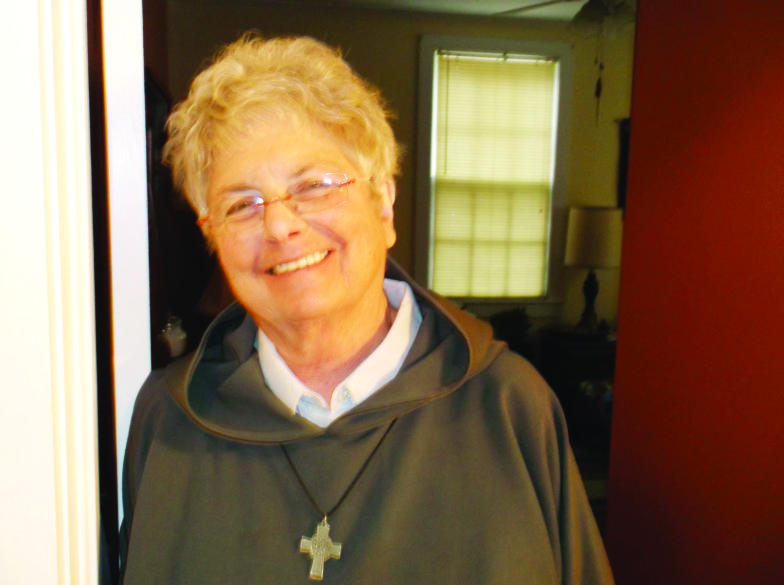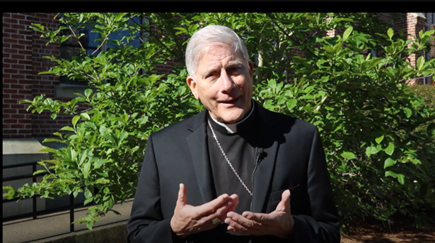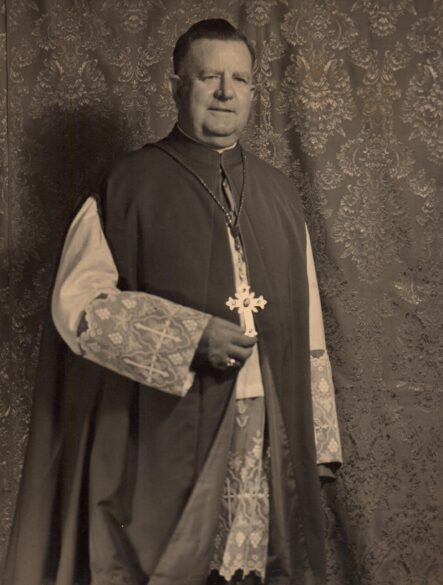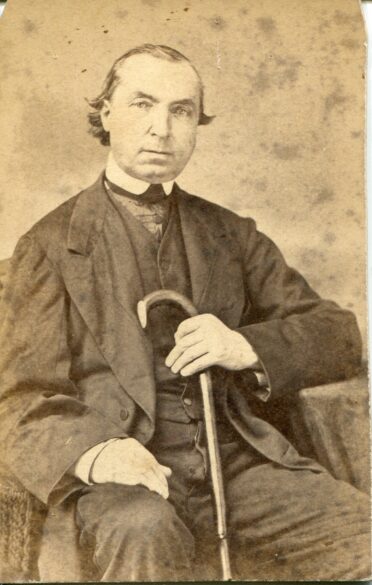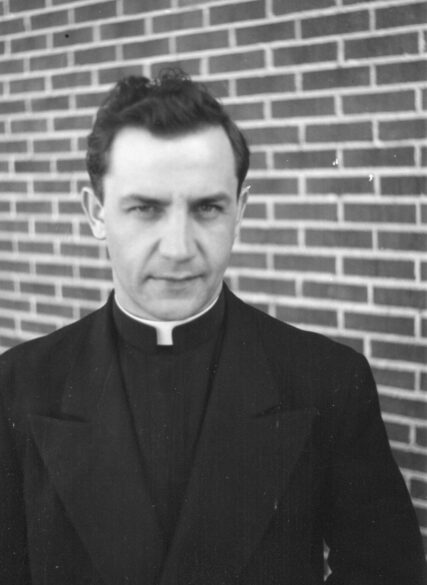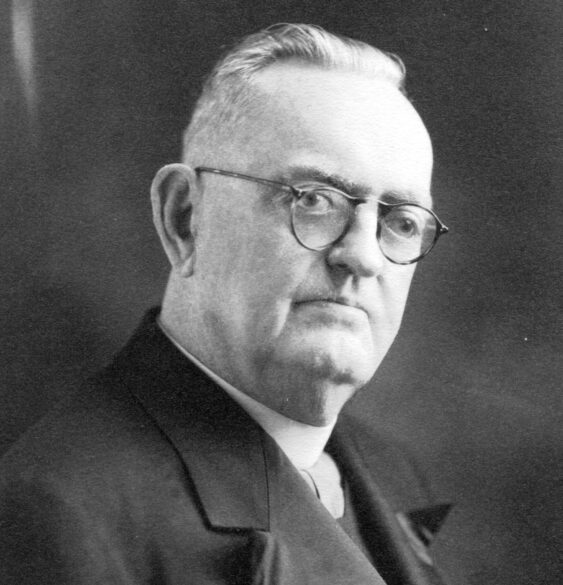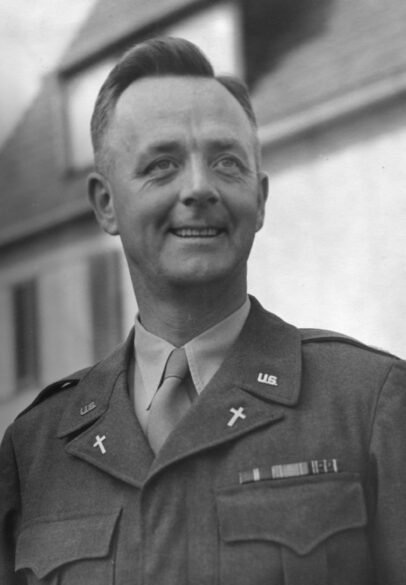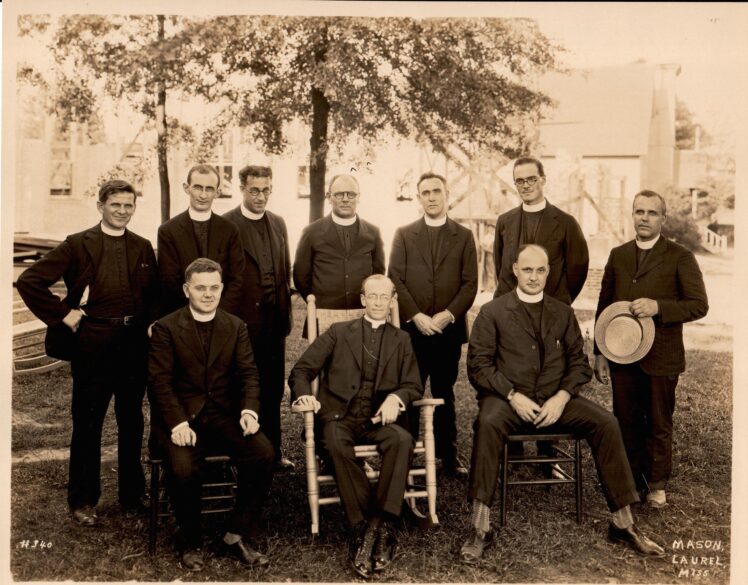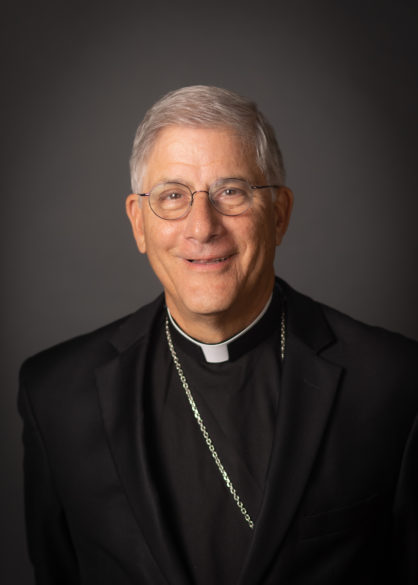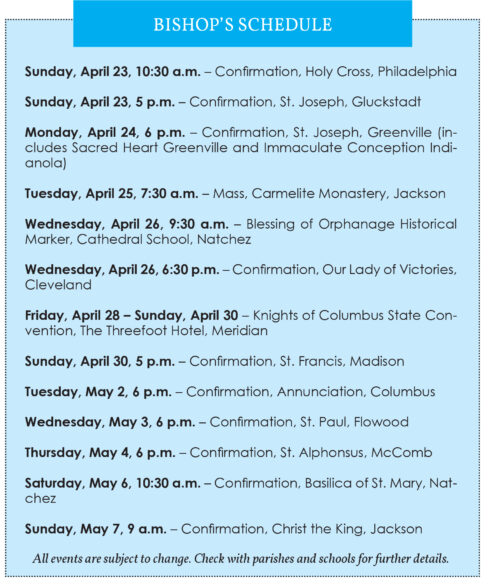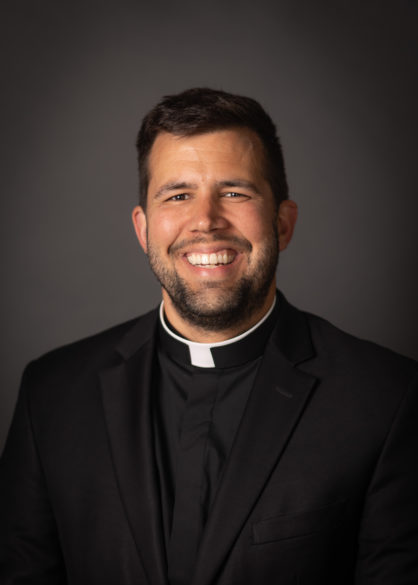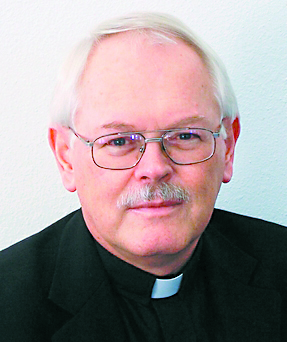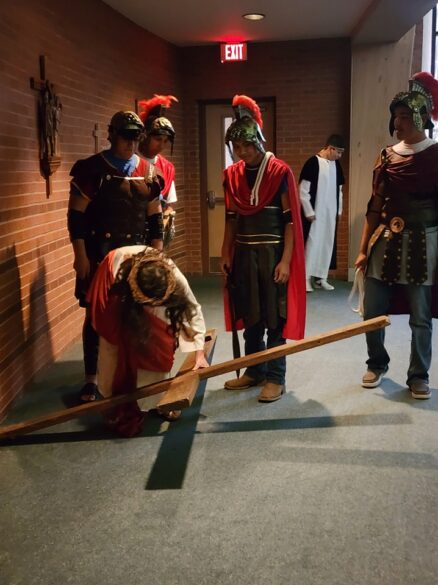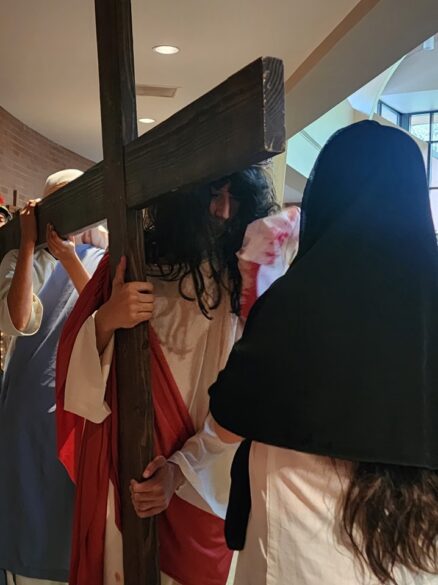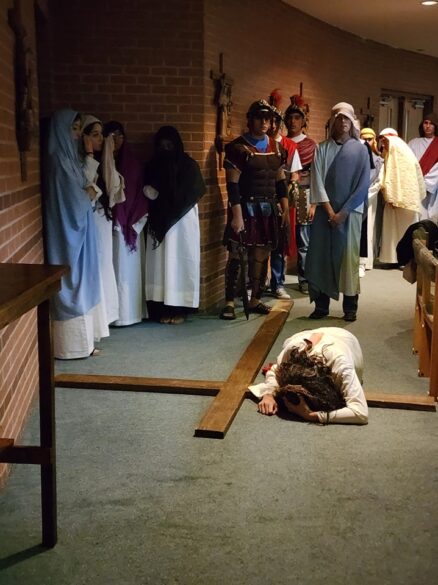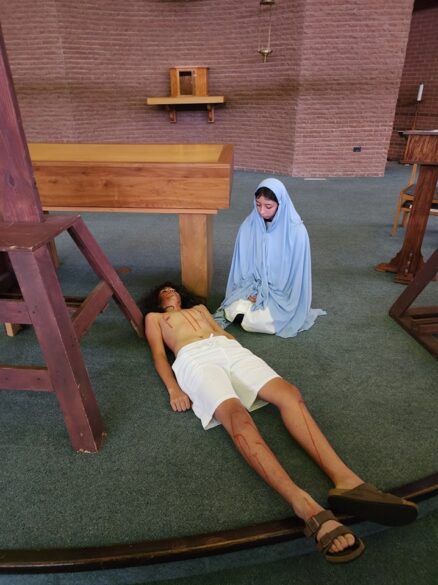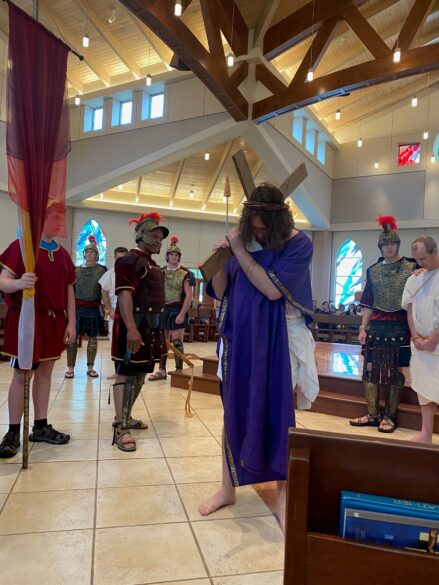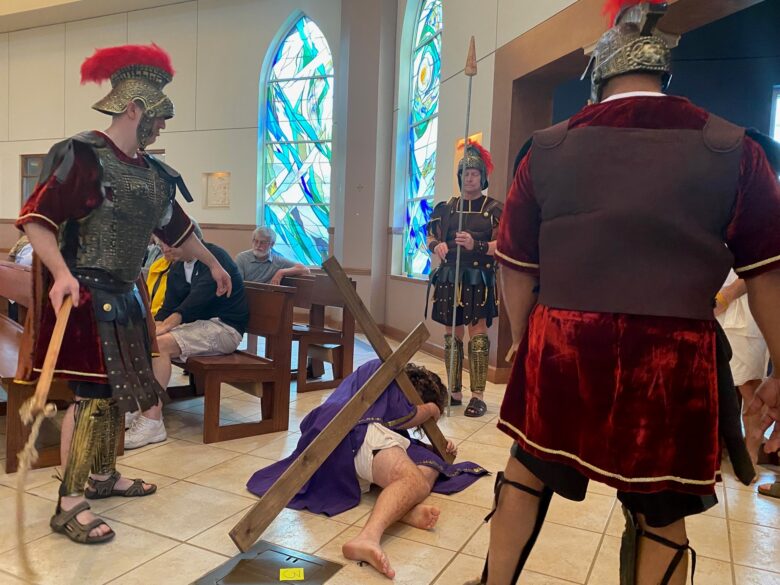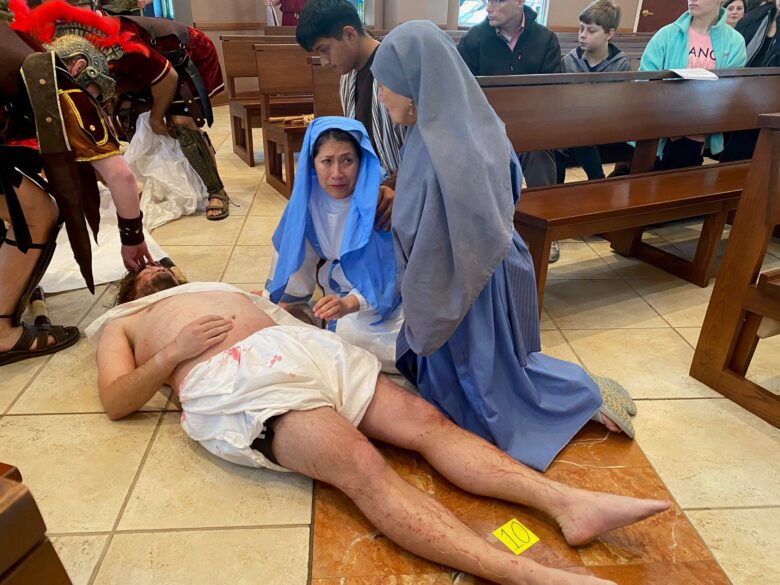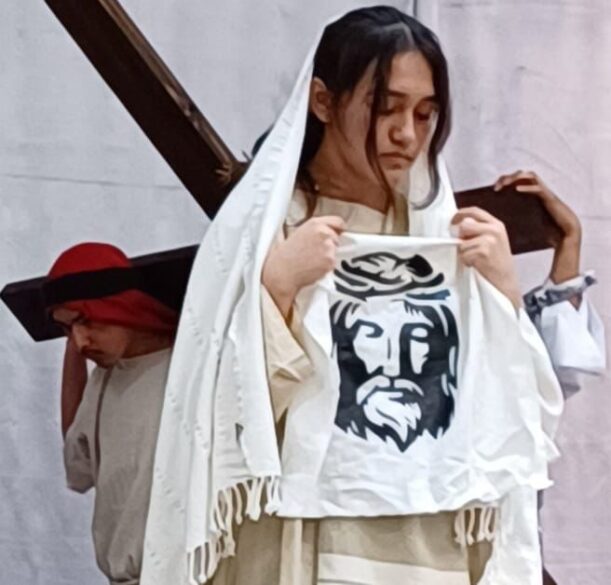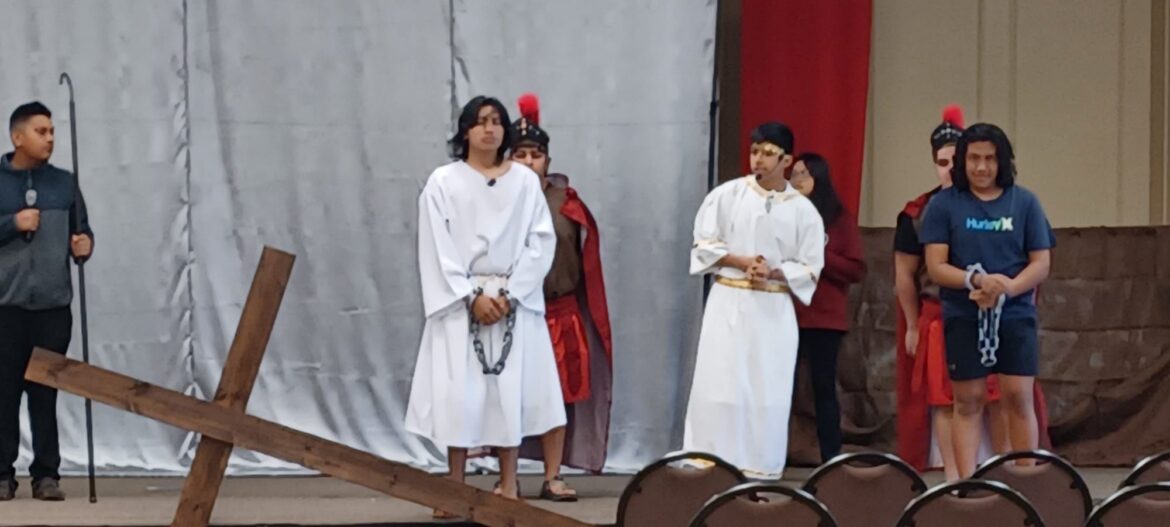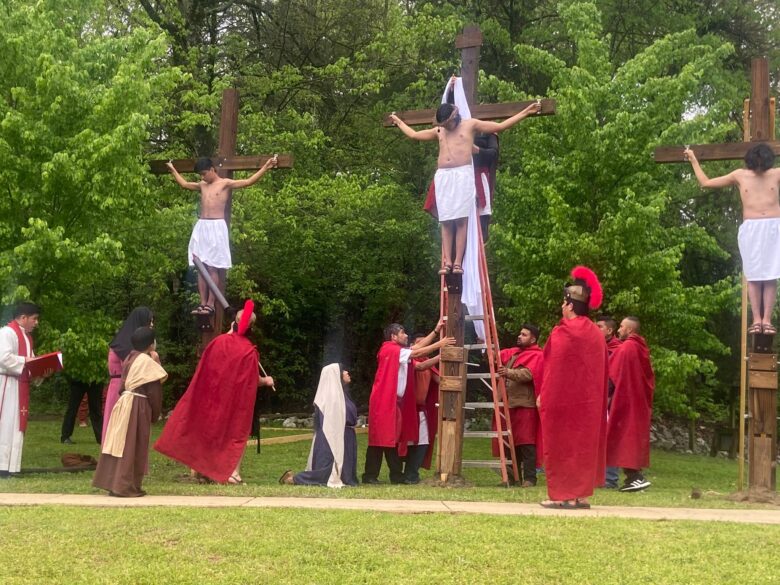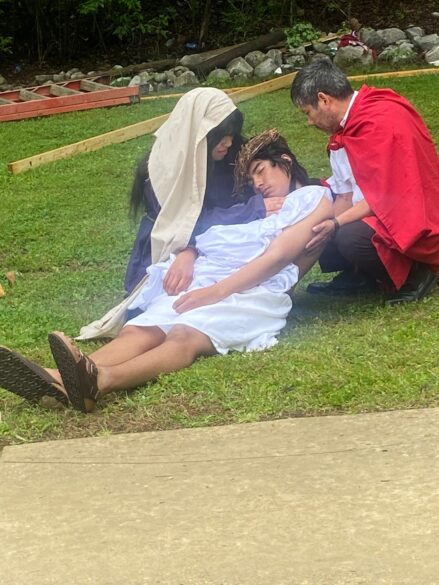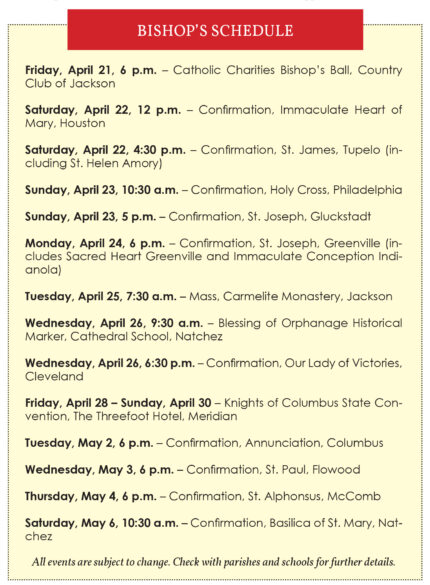LIGHT ONE CANDLE
By Father Ed Dougherty, M.M., The Christophers’ board of directors
This year, Mother’s Day falls on Sunday, May 14, just one day after the Feast of Our Lady of Fatima. Together, these two days make up a special weekend in this month already dedicated to our Blessed Mother. It is fitting that our celebrations of motherhood and Mary coincide because she is the guardian of mothers in this world. Mary is the model for motherhood in both joy and sorrow, and she shows the way of mercy at all times.
The story of Mary standing at the foot of the cross resonates with mothers in their deepest moments of suffering. When Jesus said to Mary, “Woman, behold, your son!” He was entrusting her to the care of John. He followed that by saying to John, “Behold, your mother!” So, He was entrusting John to her care as well, and by extension, He was entrusting us all to Mary’s care.
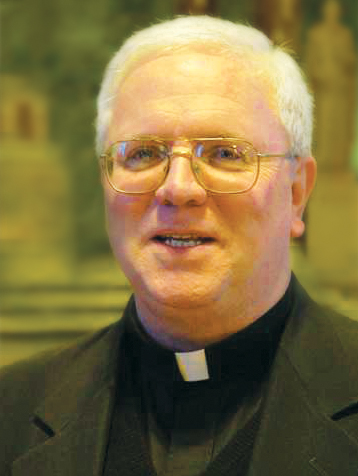
The numerous and well-documented Marian apparitions that have occurred over the years confirm Mary’s role as mother to us all and her profound connection to God. Credible Marian apparitions have occurred in many cultures at important moments in history, and the apparitions at Fatima remain among the most astounding.
Mary’s final apparition at Fatima made international news, and it was reported that somewhere between 30,000 and 100,000 people made pilgrimages to the Cova da Iria, a field where Lucia dos Santos and her cousins Francisco and Jacinta Marto pastured their families’ sheep. There, the pilgrims witnessed Mary’s promised sign as the sun broke through dark rain clouds and defied the laws of physics, dancing in the sky and, at one point, appearing to fall to earth before finally returning to its normal position, leaving the ground the people were standing on and their previously wet clothes completely dry.
In her appearances to Lucia, Francesco and Jacinta, Mary asked for prayers, reparations and devotion to her Immaculate Heart, and she made statements about war and peace that proved prophetic throughout the 20th century. At every turn, her intervention at Fatima was marked by a profound care for humanity and the hope that we would follow Christ and discover the Mercy of God.
Mary’s role as the mother of Jesus is the lens through which to understand why she is such a powerful intercessor for us. Consider the story of the Wedding at Cana, when Jesus turned water into wine at His mother’s request. Midway through the gathering, she said to Him, “They have no wine,” and Jesus answered, “O woman, what have you to do with me? My hour has not yet come.” At this point, Mary turned to the servants and said, “Do whatever He tells you.”
What amazing confidence Mary had that Jesus would do as she asked even after He expressed displeasure at the request. This is the type of confidence we should have in asking for Mary’s intercession because she will always bring our needs to the foot of the Cross where all good things have been made possible in Christ.
In His actions at the Wedding at Cana, Jesus demonstrates the tremendous loyalty and respect we all owe to our mothers, who walk in the footsteps of Mary in the countless selfless acts they perform on our behalf. We should turn to the intercession of Mary to ask Christ to bless us with the same devotion to our mothers that He showed to His, so we can honor them this Mother’s Day and throughout our lives.
(For a free copy of The Christophers’ LIFT UP YOUR HEARTS, e-mail: mail@christophers.org)

